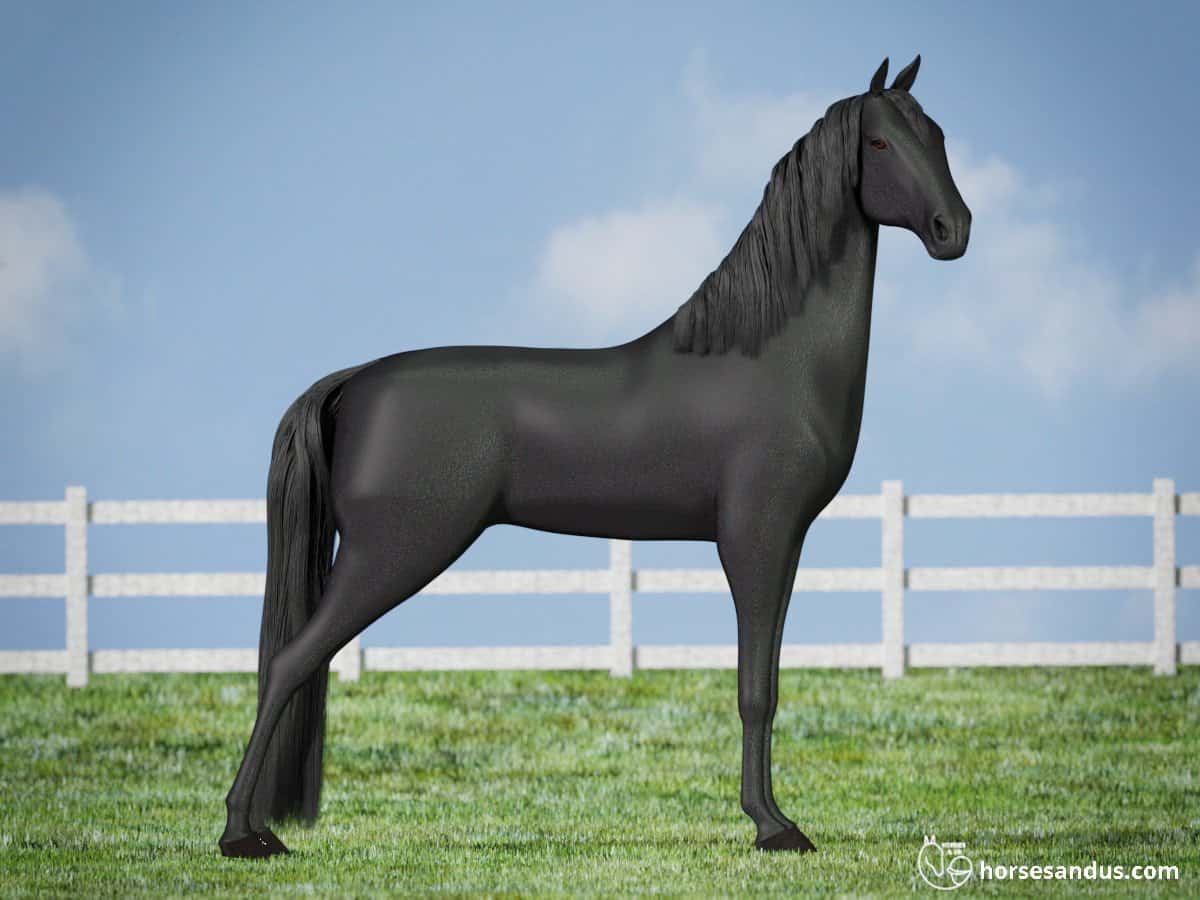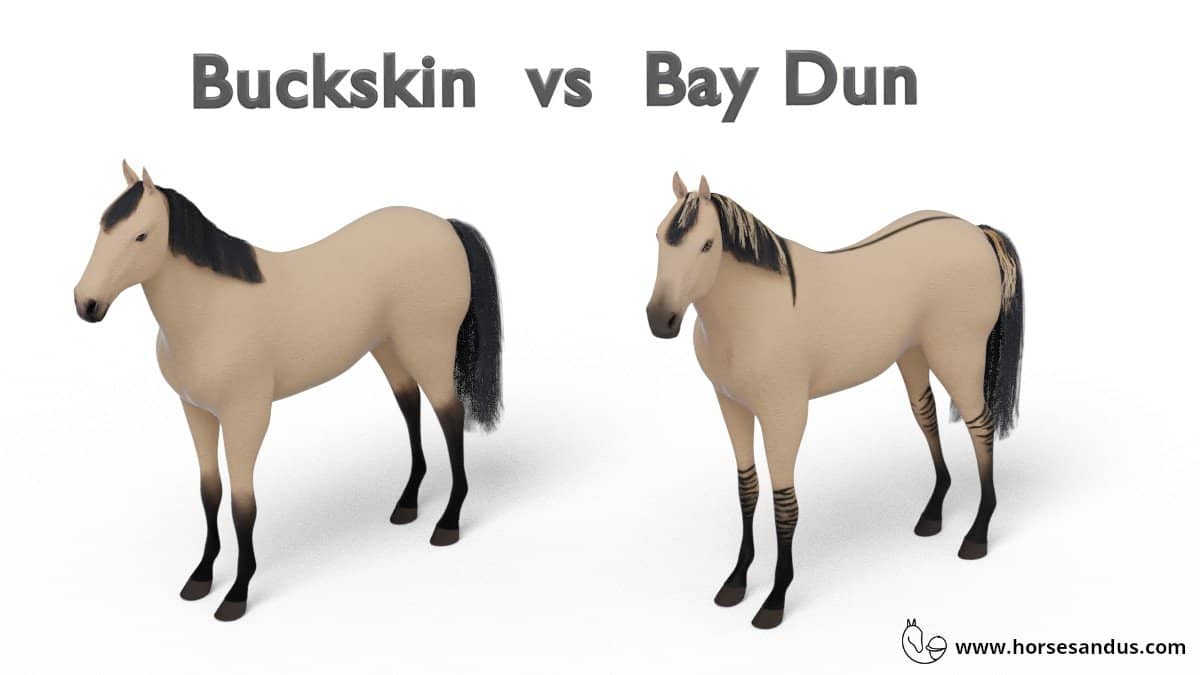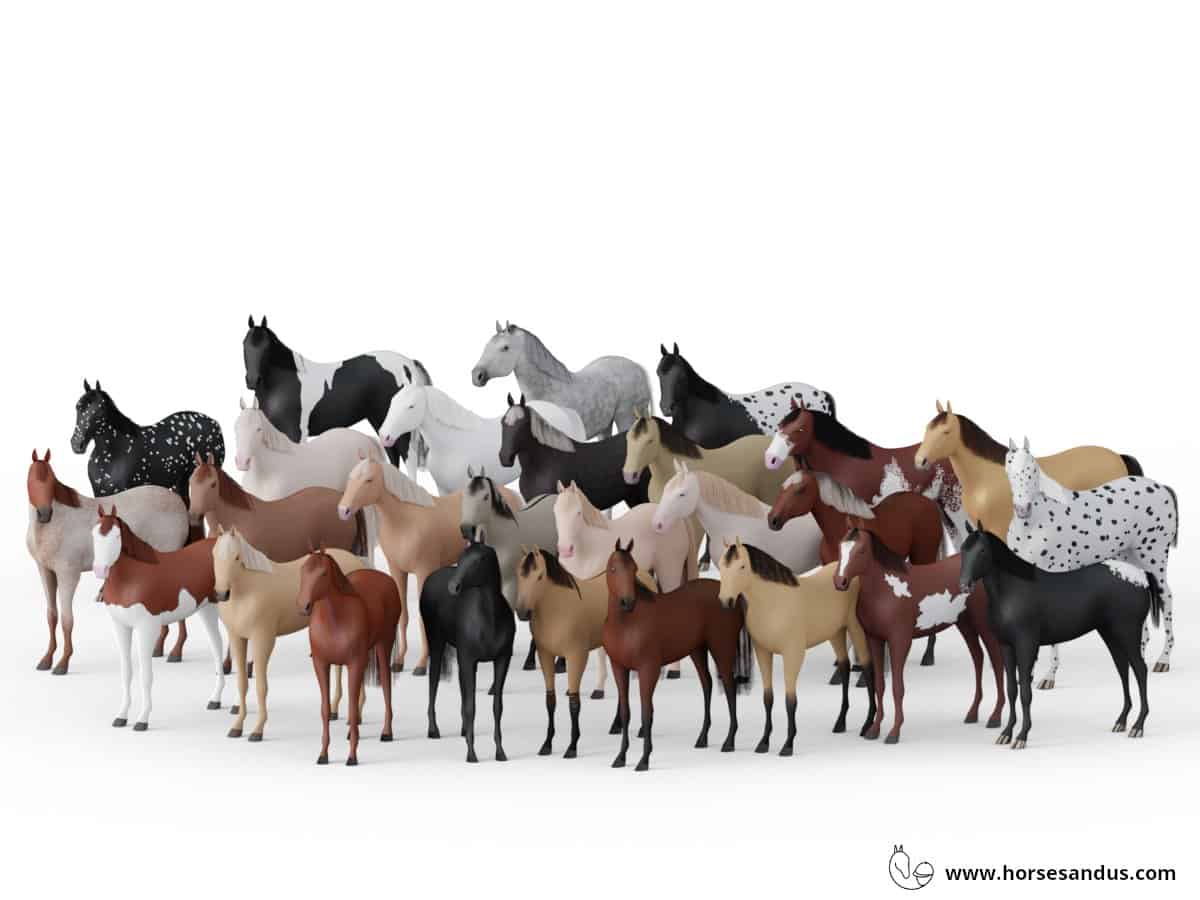The Icelandic Horse is one of the purest horse breeds in the world and is the only horse breed in Iceland. It was brought to Iceland by the Vikings more than 1000 years ago. Since then, it has been isolated without any genetic input from other horse breeds.
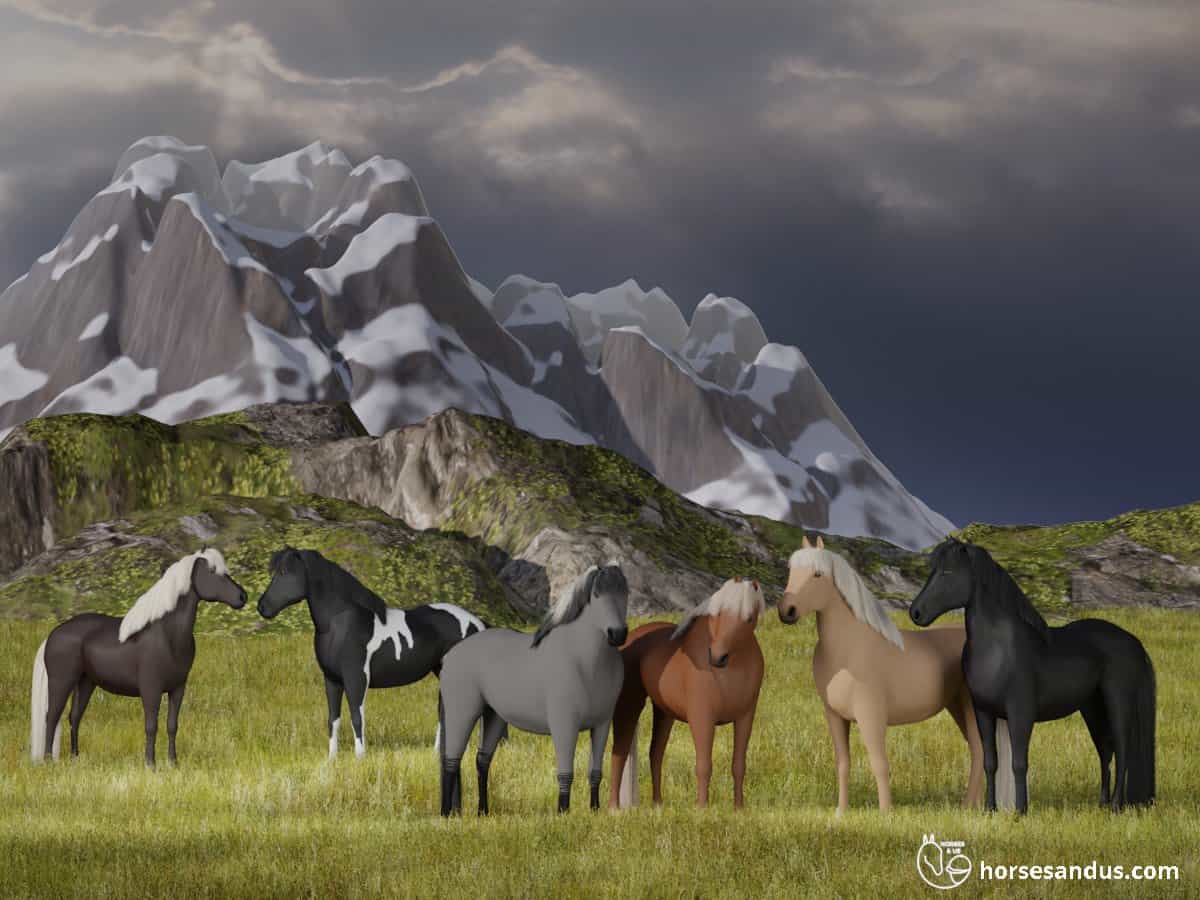
The Icelandic horse is small with a stocky yet elegant build. It has a friendly and lively temperament and is easily trainable, making it dependable and ideal for riding.
A distinguishing feature of the Icelandic horse is its unique gaits. In addition to the basic gaits that every horse has, the Icelandic horse has two additional gaits, the tölt and the flying pace.
This horse has been interwoven with the Icelandic people for many centuries, making it an integral part of Iceland’s culture and history.
It has become very popular around the world due to its good temperament and smooth riding experience.
Classification of the Icelandic Horse
Type: Small Horse; Gaited Breed
Blood: Cold blood
Country of Origin
Iceland

Characteristics of the Icelandic Horse
Icelandic horses are very sturdy. They have adapted to extreme weather conditions and rough terrain.
They are bred to be healthy, robust, elegant, and versatile with five excellent gaits. Their conformation should allow for a natural balance and supple, high, and ground covering movements.
Different breeders selectively breed for specific characteristics, which leads to a considerable variation in conformation and temperament within the breed.
Studies mention that the Icelandic horse has grown taller in recent years, changing from rectangular to square shape.
Height
Although they are small, Icelandic horses are considered horses, not ponies.
The height of the Icelandic horse generally ranges from 125 to 145cm (12.1 to 14.1 hh).
The average for mares is 136cm and for stallions is 138cm
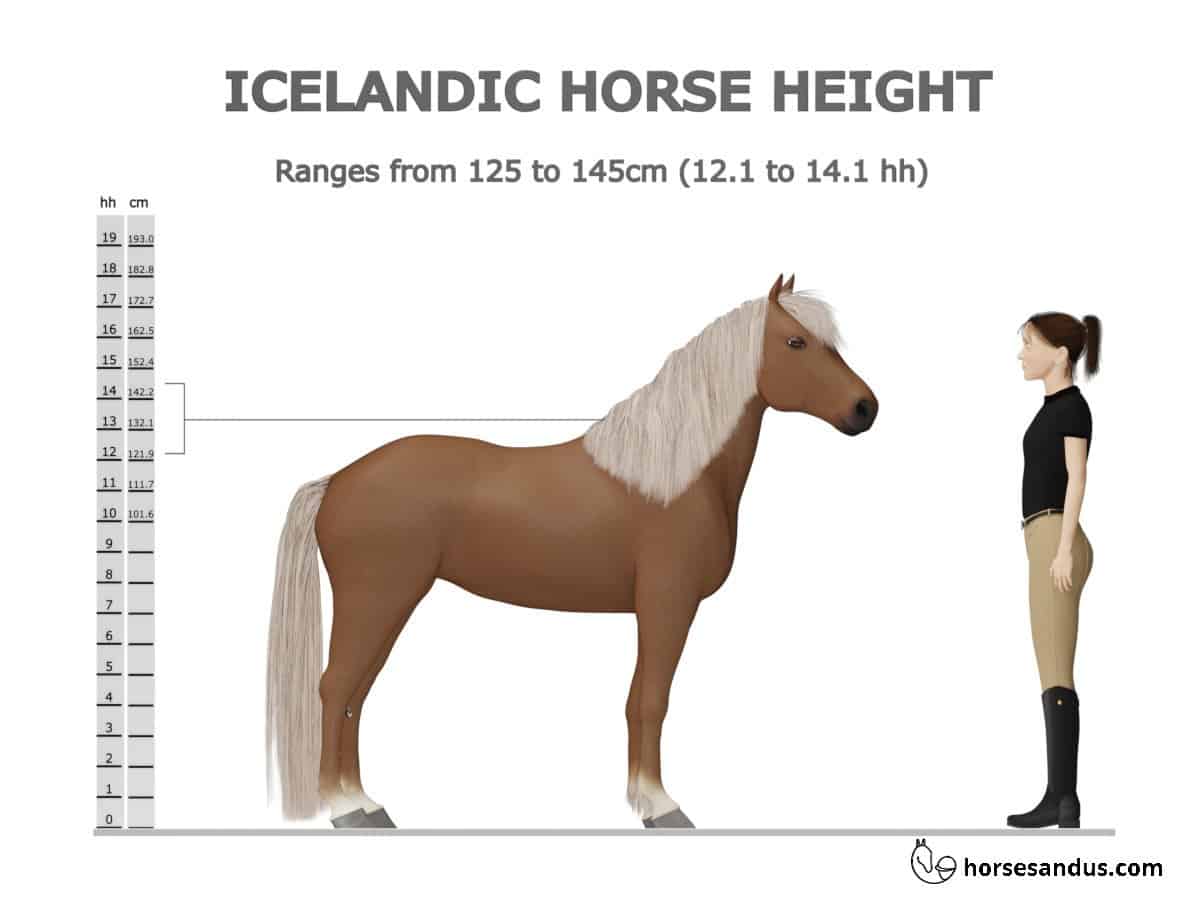
Conformation
The conformation (physical appearance) of Icelandic horses may vary considerably, but typically, they have the following characteristics:
- Rectangular and compact shape
- Head is large and heavy with straight profile
- Short muscular neck with wide base
- Large eyes and small ears
- Short back
- Sloping croup with low-set tail
- Strong legs and hooves
- Long, thick mane and tail
- Very thick winter coat
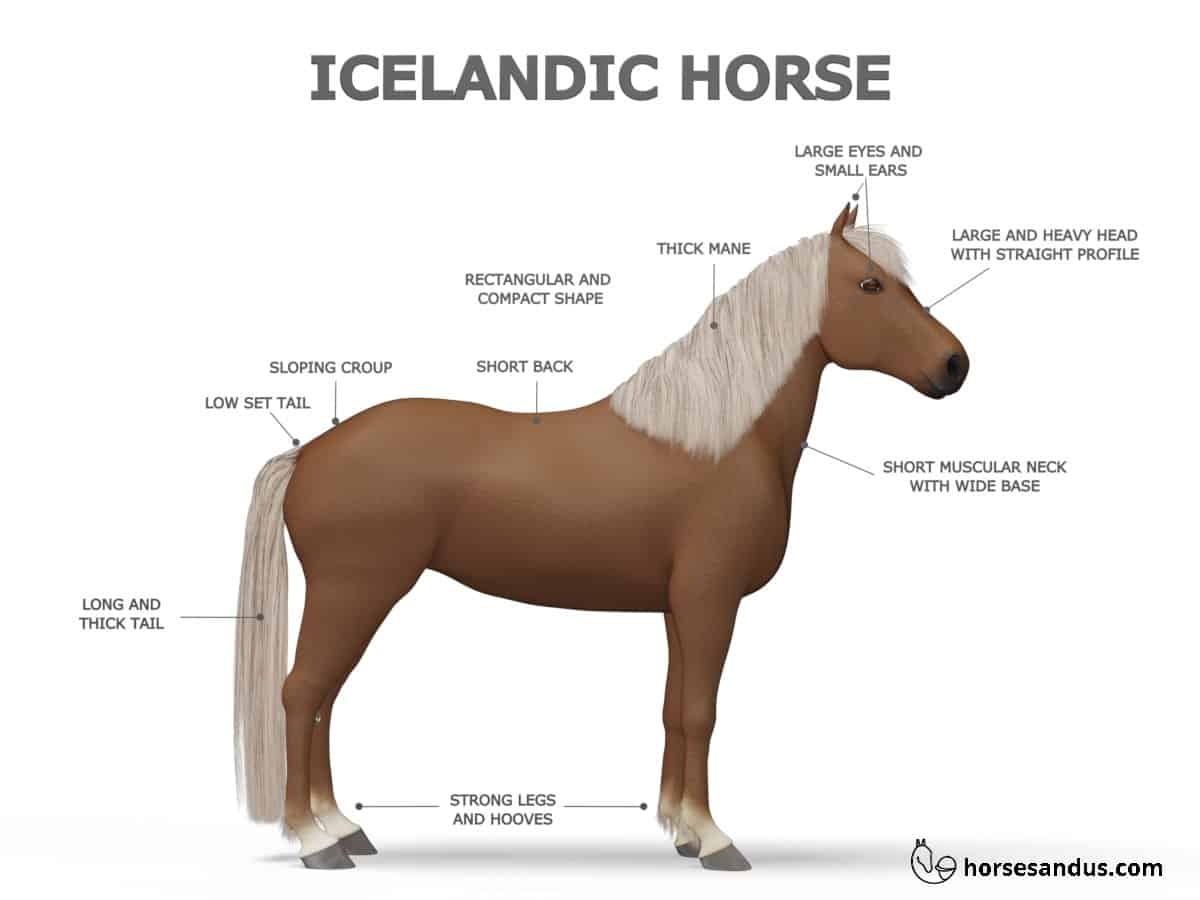
Temperament
Icelandic horses are intelligent, docile, and friendly.
They are quick to learn and easy to handle, making them usually very reliable for inexperienced riders.
Icelandic horses are very willing to work and have great stamina, making them ideal for traveling for long distances on rugged terrain.
These horses adapt easily to different tasks. They know when to use their full power, when to be more gentle and when to stand still for long periods. This versatility is one of the essential breeding goals.
Color
The Icelandic horse is one of the most colorful breeds in the world. It has a huge variety of colors and patterns.
The vast color variation is considered a valuable trait, and one of the breeding goals is to encourage a wide variety of coat colors. Any color and white pattern is allowed in the breed.
The most common coat colors are chestnut and black, while roan is the rarest.
Longevity
The Icelandic horse matures very slowly and only reaches its full height at six or seven.
Icelandic horses usually live a long and healthy life. Their natural life span is 25 to 30 years, with some living until 40 years.
They are commonly ridden well into their twenties.
The Unique Gaits of the Icelandic Horse
The Icelandic horse is one of the few gaited breeds native to Europe, as European breeders have, throughout time, gradually eliminated this characteristic from many breeds.
The uniqueness of this gaited breed lies in the two additional gaits that it can perform, the Tölt and the Flying Pace.
It is called a “five-gaited” horse because it can perform three basic gaits (walk, trot, and canter) plus two additional unique gaits (tolt and flying pace).
However, not all Icelandic horses can perform the Flying Pace, as it requires a particular genetic makeup, and in this case, it is said to be “four-gaited.” The best horses are the ones that can perform all five gaits.
The Tölt
The Tölt is the unique gait for which the Icelandic horse is best known. It is the most popular gait for leisure riding and is also widely used in competitions.

It is a symmetrical, four-beat, lateral gait.
The footfall sequence is left hindleg, left foreleg, right hindleg, right foreleg.
It has half-suspension in front (when both front legs are in the air) and in hind (both hind legs are in the air)
The support phases alternate between bipedal and unipedal. (In some cases of very slow tölt they can alternate between tripedal and bipedal)
It can be ridden at varying speeds from very slowly up to very fast (20mph /32kph).
The tölt is very smooth and comfortable to ride, even when very fast since there is no full suspension between strides.
Animation of the Tölt
The Quality of the tölt
The quality of the tolt is a very important breeding goal.
The horse’s hind legs should move well under the body, allowing the weight to move to the back end and freeing the front to rise.
This enables the horse to have high foreleg movements and with a good head carriage giving the image of a beautiful and proud tolting horse.
The Flying Pace
The Flying Pace is the second unique gait of the Icelandic horse, often called the “fifth gear.”

It is a symmetrical, two-beat lateral gait, with a suspension phase.
The footfall sequence is left hind + left front, suspension, right hind +right front, suspension
The support phase is bipedal, alternating with suspension
In this gait, both legs on one side of the horse move simultaneously, landing on the ground at the same time. This is followed by an interval of suspension where all four hooves are off the ground almost as if they are flying.
The Flying Pace is a very fast gait that can equal the speed of a gallop (30mph / 48kph). It is the primary gait used for racing but only for short distances (100, to 200m)
Only well-trained horses and skilled riders have the ability to perform this gait. Thus, it is considered the crown of Icelandic horsemanship.
Animation of the Flying pace
The Flying Pace Depends on Genetics
Only some Icelandic horses can perform this gait. Research has identified the gene that enables this gait.
Studies have demonstrated that a mutation in the DMRT3 gene (“gait keeper” mutation) impacts the gaiting ability of horses. If a horse is homozygous for this gene mutation, it can have the ability to perform the Pace.
History of the Icelandic Horse
The Icelandic horse is an ancient breed that was brought to Iceland by the Vikings.
These first settlers on the island could only bring a limited quantity of animals with them. So they naturally choose their very best horses to bring along.
Thus, the Icelandic horse originated from high-quality horses that could survive the long trip across the Atlantic ocean and further survive in the harsh environment of Iceland after arriving.
The Breed Has Been Isolated For More Than 1000 Years
After the settlement of Vikings in Iceland over 1000 years ago, the breed has been isolated within the island, making it the purest breed in the world.
This isolation is due to a law passed by the Icelandic parliament in 982 AD that prohibited the importation of horses into the island. It also does not allow the return of any Icelandic horse that has left Iceland.
Besides maintaining the breed pure, this also protects the horses from diseases that could come from outside. Additionally and riding equipment must be thoroughly disinfected before entering Iceland.
The Role of the Icelandic Horse Through History
Practical Role
Throughout history, Icelandic horses adapted to the harsh environment of Iceland with its rough terrain, extreme temperatures, and limited grazing in wintertime.
Natural selection only allowed the more robust, intelligent, and fertile horses to survive in these difficult conditions. Thus creating the Icelandic horse, we know today.
For centuries this horse was used for transport, farm work, herding, and as a meat source for human consumption.
But its main use was for transportation and herding during long distances. So good riding abilities (willingness, good speed, and smooth gaits) and stamina were particularly valued. Therefore its gaits have been preserved throughout the centuries.
Cultural Role
The Icelandic horse has also played an important cultural role throughout history. Vikings worshipped the horse as a symbol of fertility. White horses were slaughtered at sacrificial ceremonies.
They also have a place in Norse mythology, as is the case of Sleipnir, the eight-legged horse of Odin, the chief of gods. Viking warriors were buried with their warhorses to go together to the halls of Valhalla (an enormous hall located in Asgard, ruled by the god Odin).
Still today, Icelanders often give their horses names from Norse mythology.
Recent History
1783
- With the eruption of the volcano in Laki during 1783 and 1784, which lasted for eight months, approximately 70% of Icelandic horses died from ash poisoning and starvation. The population slowly recovered during the next hundred years.
1904
- After 1904, with the arrival of the first cars in Iceland, the role of the horse would completely change. Their function as a means of transport and as a work animal would gradually decrease.
- The first horse breeding society in Iceland was established in 1904, which put a new emphasis on breeding.
1923
- The first registration of an Icelandic horse was made.
1950s
- Around the 1950s, the Icelandic horse started being used for recreational purposes, being recognized as a unique sport and family horse.
- The first National Icelandic Horse Competition or Landsmót was held in 1950. This is a nationwide gathering event where the best horses would compete for the “Sleipnir’s Cup” (named after Odin´s 8-legged horse). Today it is a week-long festival with musical events and tournaments for children.
The Ancestors of the Icelandic Horse
It is not clear who are the ancestors of the Icelandic horse.
Some sources say it descends from a breed in Northern Europe known as Equus Scandinavicus.
Other sources say that it descends from the primitive Mongolian horse because the Mongolian horse was an ancestor to the fjord, Exmoor, Scottish Highland Pony, Shetland Pony, and Connemara Pony, and all these breeds have been genetically linked to the Icelandic horse.
It is also said that they may have Tarpan bloodlines.
What are Icelandic Horses Used For?
The Icelandic horse is strong, intelligent, willing, and has smooth gaits. This makes it a very versatile horse.
It is mainly used for short-distance leisure riding, long-distance travel, and in various competitions.
There is a very famous competition held in Landsmót once a year, called the “All Icelandic Horse Riding Competition”, also known as “Gæðingakeppni”. Here, riders of all ages compete to show the five gaits of the Icelandic horse.
The Icelandic horse is also used for endurance racing and therapeutic riding.
Occasionally they are seen in event jumping, dressage, carriage pulling, polo, and barrel racing, where they can do quite well also.
12 Interesting Facts About Icelandic Horses
The Icelandic horse is unique, and there are many interesting facts about it.
Here are a few.
1. It Is The Purest Breed In The World
The Icelandic horses were brought to Iceland by the Vikings more than 1000 years ago. Since then, they have been isolated on the Island with no genetic input from other horse breeds. This isolation is due to a law since 982 that prohibits the importation of horses to the island.
2. It Is The Only Horse Breed In Iceland
Due to the law prohibiting the import of horses since 982, no other horse breed exists in Iceland. The only breed is the Icelandic horse that descends from the first horses brought to the island by the Vikings.
3. Once a Horse Leaves Iceland It Can Never Return
Due to the law mentioned above, once a horse leaves the Island, it can never go back.
4. It Does Not Need Vaccinations And Has Very Few Diseases
Again, due to the restrictions of horses coming into Iceland, the Icelandic horses are not exposed to many of the diseases that exist outside the island.
5. Used Riding Equipment Should be desinfected before entering Iceland
Riders are requested not to take any used leather equipment and disinfect all other equipment, especially helmets, before entering the Island. This is done to prevent horse diseases from entering Iceland.
6. There are a Lot Of Horses In Iceland
There are currently around 80 000 horses in Iceland, for a population of 350 000. One horse for every four people. If they were evenly distributed, every family could have one horse.
7. It Is One Of The Most Colorful Breeds In The World
The Icelandic horse has a huge variety of colors. With all the color and pattern combinations, they have over 100 variations.
8. It Is Pony-sized But Is Not Considered A Pony
Although the Icelandic horse is small and has a stocky build, it is considered a horse and not a pony.
9. It Does Not Spook Easily
Since the Icelandic horse has no natural predators on the island, they grow up to be very confident and friendly.
10. It Can Perform Five Gaits
Besides the three basic gaits, walk, trot, and canter, the Icelandic horse, can perform two additional gaits, the tolt and flying pace.
11. It Has The “Beer-tölt” Competition To Show Off The Smooth Gaits
The beer tölt is a fun equestrian game, where Icelandic horses are ridden with a mug of beer in the rider’s hands. The goal is to spill the least beer possible. The riders that spill less beer are the ones that drink more at the end of the ride.
12. The Icelandic Horse Has A Special Saddle
The Icelandic saddle is built especially for the Icelandic horse. It is built similar to a dressage saddle but has a relatively flat seat.
During the tolt, there is a huge rotation in the shoulder blade. This saddle is built so the rider’s weight is a bit more behind and does not interfere with the shoulder blade’s movement.
Icelandic Horse Breed Association
The FEIF is the International Federation of Icelandic Horses. It represents the Icelandic horse association from 20 countries in the world.
4 Cute Gift Ideas for Icelandic Horse Lovers
Would you like to offer a cute gift to a friend that loves Icelandic horses? Check out our suggestions below.
Some links on this page lead to products on Amazon are affiliate links and I earn a commission (with no additional cost for you) if you make a purchase.
Sources
The Dynamic Horse A Biomechanical Guide to Equine Movement and Performancehttps://www.horsesoficeland.is/
https://www.feiffengur.com/documents/FEIF_Breeding_Rules_Regulations_2021.pdf
